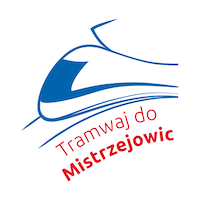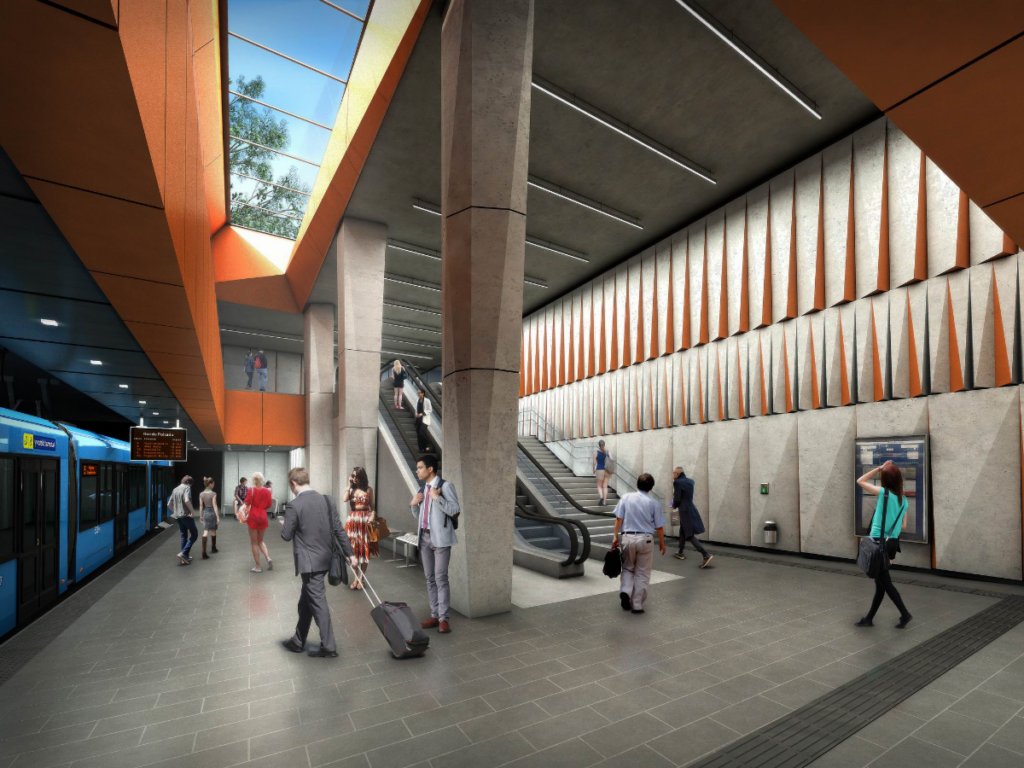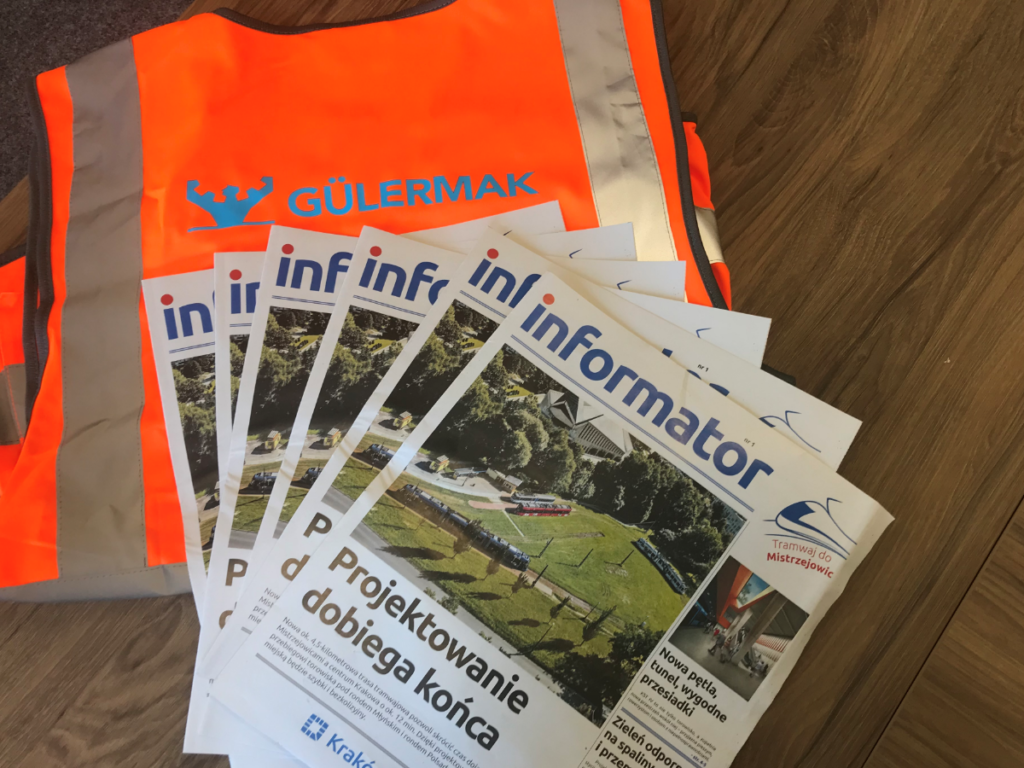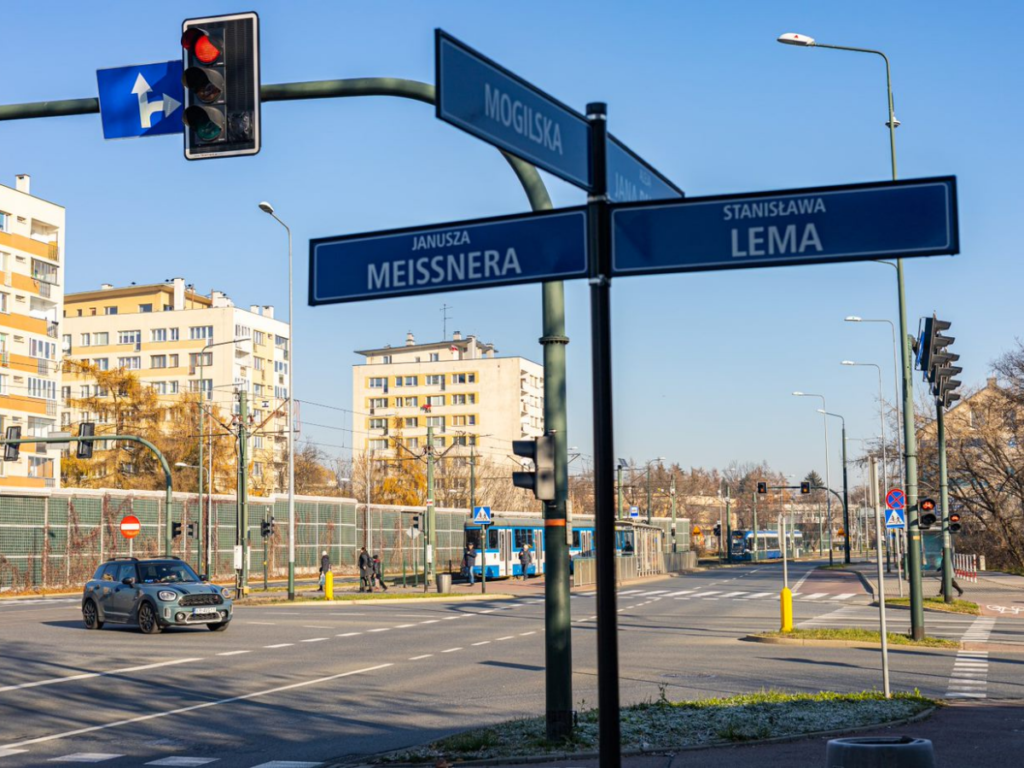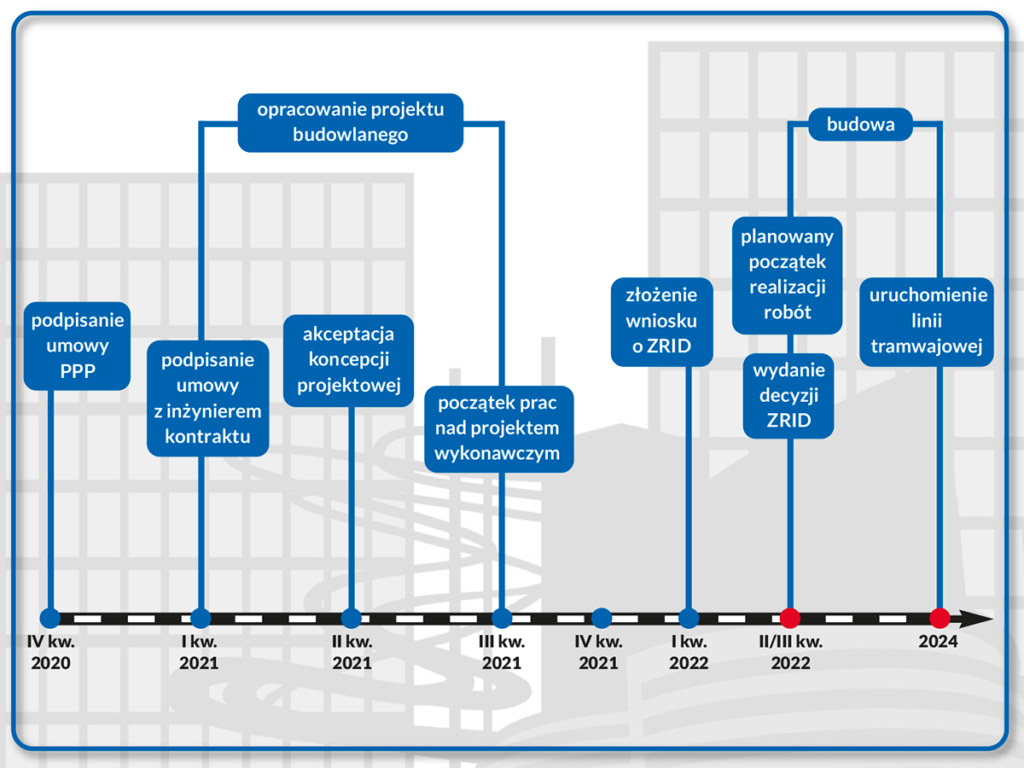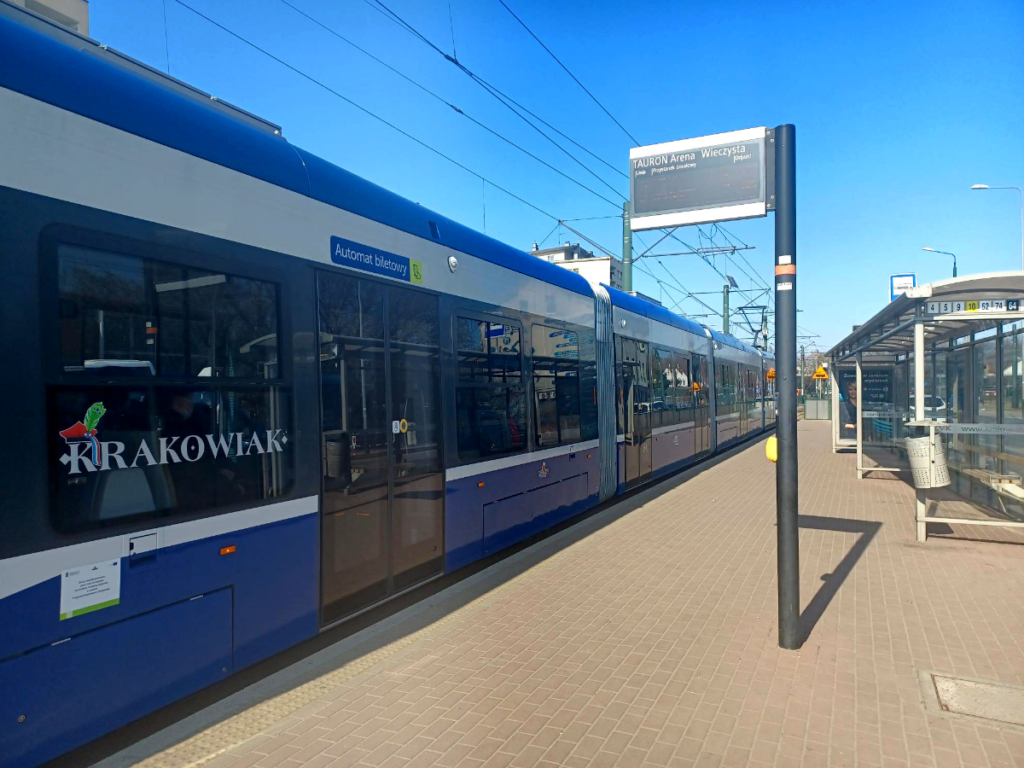Over 1.5 km of the new tram route to Mistrzejowice will be shared with premetro. The works performed during the construction of the trackbed will be part of the new solution expected by the residents of Kraków.
In the middle of last year, the city officially announced what had already been hinted at by experts and city officials: a traditional metro, built entirely underground, in the case of Kraków is substantively and economically unjustified. The so-called premetro is the alternative. The difference is not about some sections running above the ground (because such solutions are applied for regular subways). It is basically a lighter system that is compatible with the tram infrastructure. Plus, its construction is almost half cheaper than traditional metro. Also, the estimated maintenance costs are over 2.5 times lower – a major advantage from the point of view of the city’s budget.
The route: Wzgórza Krzesławickie – Jasnogórska
The route is planned from Wzgórza Krzesławickie to Bronowice and it will connect other districts on the northern side of Vistula river: Nowa Huta, Bieńczyce, Mistrzejowice, Prądnik Czerwony, Grzegórzki, Stare Miasto and Krowodrza.
The important part is that the route is to be built in stages. It was one of key arguments in favor of choosing this model. Already with the first stage launched, premetro offers a chance for a significant improvement in the efficiency of public transport in the city. The route designers also sought full integration of the recommended variant with other investments. The aim was to support effective use of the tramway network, facilitate transfers and come up with an attractive alternative to traveling by car.
The first step is now
Even before any works start at the Kraków pre-metro project, its first parts will be ready. The new tram route to Mistrzejowice – to be ready in 2025 – will share four stops with the planned premetro line: Dobrego Pasterza, Barei Roundabout, Polsadu Roundabout and Młyńskie Roundabout. Stops at Polsadu and Młyńskie Roundabouts will be underground. The joint section is 1,625 meters in total and it will partly run in a tunnel.
Many ongoing changes
Interestingly, the shared infrastructure was not the initial plan. Paweł Motyka, Deputy Project Manager at Gülermak, says the concept of building the premetro was unveiled when the KST IV tram route construction project was already at an advanced stage and had received the first arrangements. – We had to re-analyze the section shared by both lines, redesign it to handle premetro cars. Shared stations have been redesigned using our proprietary concept to ensure a collision-free traffic service or to enable subsequent expansion. The platforms located on level -1 have been extended to 65 meters – he explains.
That was just the starting point for changes. It was also necessary to analyze and adjust exit widths at underground stops to handle increased passenger flows. Two turnout chambers were designed on the north and south sides of the shared section. The southern side turnouts support extension of the premetro route towards the center, while the northern side ones – the exit of the future tram route to Strzelców Street. The tunnel features a line block system to enable up to 40 trams per hour in each direction. This way the so-called concealed works will be reduced during the construction of the premetro. It will save money and reduce difficulties during project.
– The new tram route will be coordinated with the premetro. Also, they will share the route between Barei Roundabout and the Młyńskie Roundabout. Estimates indicate that the city will save money on this project – says Marcin Hanczakowski, Director of Kraków Municipal Road Authority (ZDMK).
source: lovekrakow.pl
